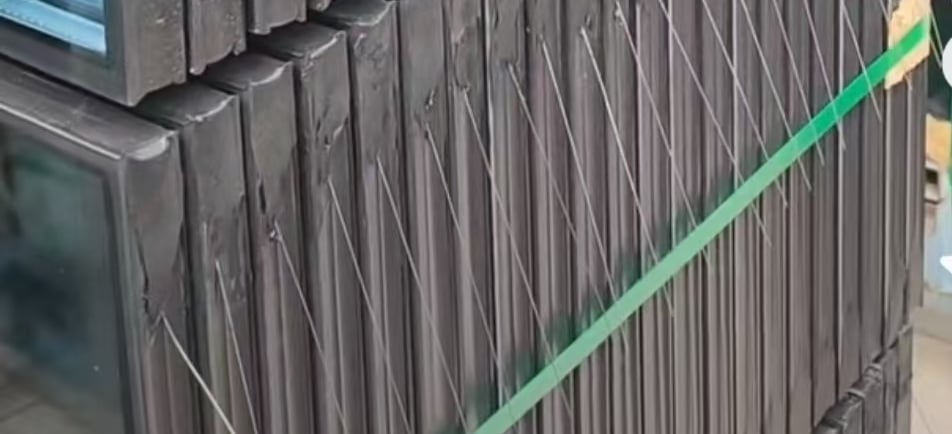Understanding the Role of Capillary Tubes in Dual-Paned Windows


Introduction to Capillary Tubes
In the realm of window technology, the components we often overlook play pivotal roles in ensuring efficiency and longevity. One such component is the capillary tube, also referred to as a "breather tube." Often integrated into dual-paned windows, this narrow tube serves a critical function that enhances the performance of these energy-efficient installations.
Function of Capillary Tubes in Dual-Paned Windows
Capillary tubes are strategically inserted into the spacer that exists between the two panes of glass in a dual-paned window. This design allows for the tube to equalize the pressure between the interior and exterior environments. Pressure fluctuations can occur due to temperature changes and weather conditions; therefore, having a mechanism in place to balance this pressure is essential. Without the presence of a breather tube, sealed units can become compromised, leading to fogging, condensation, and eventual breakdown of the window's integrity.
Importance of Pressure Equalization
The equalization of pressure through the capillary tube is not merely a technicality, but a necessity for maintaining the clarity and performance of dual-paned windows. By preventing the build-up of negative pressure within the sealed space, the tube helps avoid unwanted stress on the window seals. If the pressure is not balanced, it can cause the units to fail prematurely, resulting in extra costs for repairs or replacements. Thus, the installation of a capillary tube is vital to the overall durability and functionality of dual-paned windows.
In conclusion, while it may seem insignificant, the role of the capillary tube in dual-paned windows cannot be overstated. It enhances the thermal performance by ensuring a stable internal environment, thus protecting the integrity of the window unit. Homeowners and builders alike should recognize the importance of these small yet crucial elements in improving energy efficiency and reducing maintenance expenses over the lifetime of a dual-paned window.